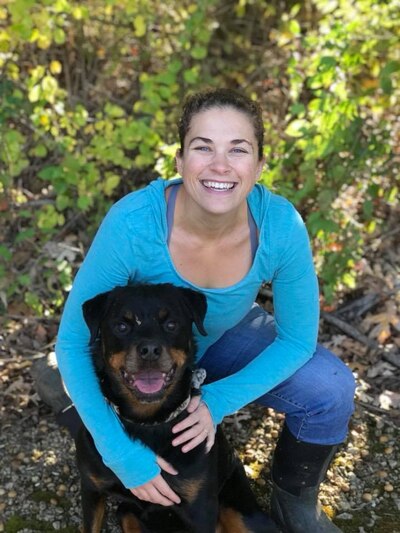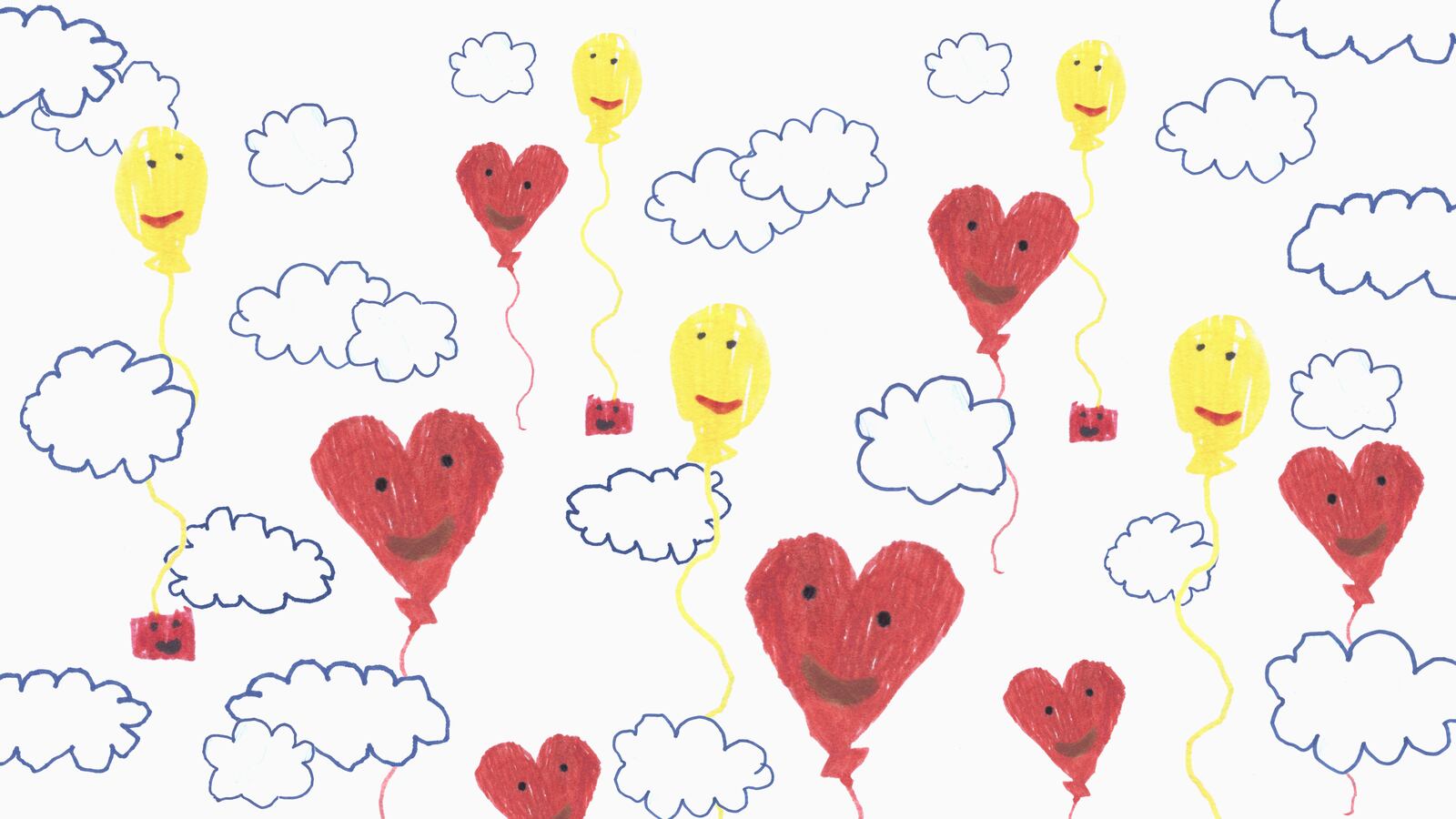As a substitute teacher, I fear the unexpected when walking into a new classroom. Something as little as making sure that the kids keep their shoes on at all times in case of a fire drill doesn’t come naturally to you if you don’t spend every day in a classroom. As a parent, I appreciate that our teachers notice things like shoes off under a desk.
Something I wasn’t prepared for as a substitute or a parent of young children was the death of a first grader. After spending the past year guiding my kids through a pandemic that frustrated and disappointed them in more ways than I can remember, I now had to walk them through something as scary and confusing as the death of a classmate.

At around 4:30 p.m., on February 17, an upsetting email came through from our district superintendent: A first grade student at their school had died, and we should prepare to see coverage of the case on the news. This was my first experience with the death of a student. I later found out that this was our school’s first experience with the homicide of a student.
Later in the week, I found myself sitting in the living room in front of my two terrified elementary-aged children. My son and daughter knew that someone in our community had hurt this little boy, and they needed reassurance that no one was coming to harm them.
My children spent the early days of the pandemic concerned about a virus that was proving deadly. Almost a year into the coronavirus crisis, a new fear of death was stealing their good dreams. They wanted answers. Answers we could not give. I couldn’t tell my kids he was sick — that wouldn’t be true. I couldn’t say who had hurt this boy — we didn’t know yet and telling them my suspicions would be unfair.
Throughout the pandemic, friends and neighbors have reminded me that children are resilient. Our children have handled the rules and lifestyle changes brought on by the pandemic better than many of us adults. Our children have shown us how to be flexible in the name of safety. But how do we help them grieve something like the death of a 7-year old when they can’t share hugs with their friends or teachers?
My community came together as best as we could. My family sent the first grade team a Teachers Pay Teachers gift card to help ease some of the burdens of lesson planning while grieving. I imagine many parents did something similar. Meal trains, coffee dates, and other acts of communal comfort weren’t necessarily possible during a pandemic. The boy’s teacher took time off to be with family. Grief counselors spent a week in every first grade classroom, guiding art projects, talking about loss, and even creating a memorial for the boy at his desk. Counselors spoke to every grade in the building.
A large funeral was impossible, given the circumstances around his death and pandemic-related gathering concerns. But there was a candlelight vigil that was live-streamed on Facebook, and the school board has dedicated a memorial bench at the school.
The boy’s own mother has since been charged with his murder and has pleaded not guilty. I worry our community will need to grieve repeatedly as court proceedings ensure and more information comes out. I’ve wanted to hug our grieving teachers every time I’ve been in the school building. For now, we wave our air hugs and make encouraging glances over our masks. We do the best we can, but it all feels inadequate.
This tragedy made me realize how hard it is to make space for a fresh sadness when so many and so much have already been lost to a pandemic. It also reminded me just how necessary that hard-to-carve-out space is.
Abby Levandoski is a writer, substitute teacher, and parent in Oregon, Illinois. You can follow her on Twitter at @AbbyLevandoski.


